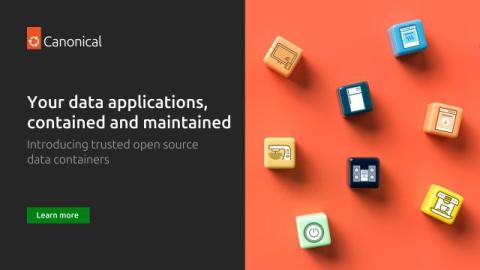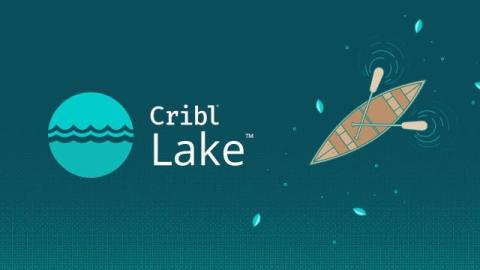The Impact of Artificial Intelligence on Modern Software Development
Artificial intelligence (AI) is reshaping industries, and software development is no exception. By integrating AI technologies like machine learning, generative AI, and natural language processing, development teams can optimize workflows, enhance code quality, and reduce time-to-market. In this article, we’ll examine AI in software development, including its benefits, challenges, and most recent developments. Let’s get started.











